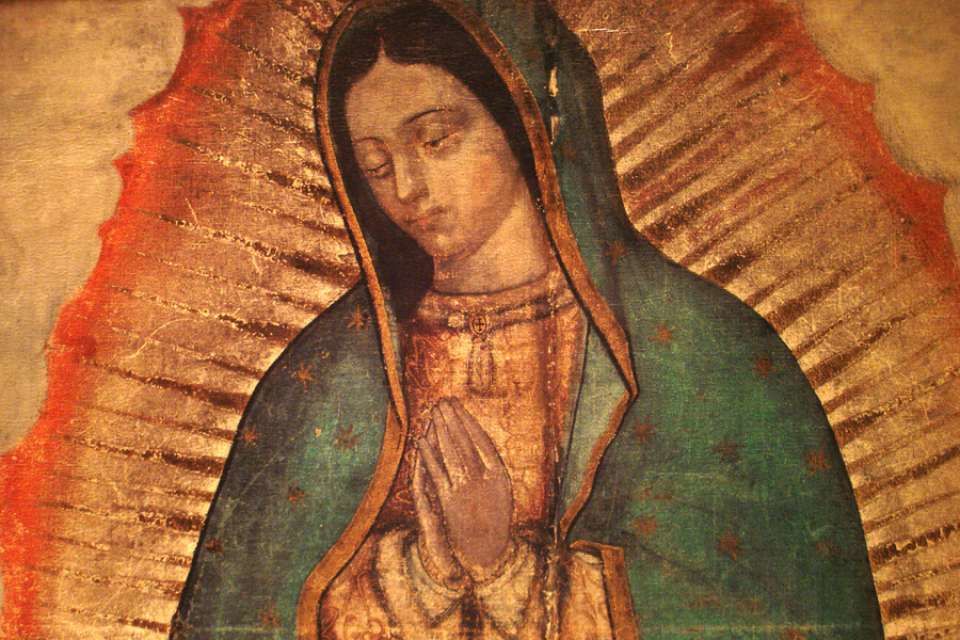The U.S. bishops are encouraging Catholics to observe the upcoming Feast of Our Lady of Guadalupe as a day of solidarity with immigrants.
In the nation’s capital, a 12:10 p.m. Mass at St. Peter's Church will mark the Dec. 12 feast day. The Mass will be celebrated by Auxiliary Bishop Mario Dorsonville of Washington, D.C.
Additionally, more than 55 events — including prayers services, Masses, and processions — will be held throughout the U.S. this month. These events, the bishops’ conference said, will honor Our Lady of Guadalupe and will “seek to honor the accomplishments, hopes, fears, and needs of all families who have come to the U.S. seeking a better life.”
“As we enter the Advent season and Christmas approaches, we are reminded of the unique role and importance of Our Lady of Guadalupe, a unifier and peacebuilder for communities,” said Bishop Joe S. Vásquez of Austin, chairman of the migration committee at the U.S. Conference of Catholic Bishops.
“We honor her role as protectress of families, including those families separated and far from home,” he said in a Dec. 7 statement.
The conference is also offering resources for parishes looking to accompany migrants, including Our Lady of Guadalupe prayer cards and informational material. Other suggestions include ways to incorporate the intentions of the migrant community in parish prayer services, social media sharing, and efforts to support government policies such Deferred Action on Childhood Arrivals.
Our Lady of Guadalupe, patroness of the Americas and the unborn, appeared to St. Juan Diego on the Hill of Tepeyac in Mexico City in 1531, during a time of conflict between the Spanish and the indigenous peoples.
Our Lady took the appearance of a pregnant native woman, wore clothing in the style of the indigenous community, and spoke to Juan Diego in the native language of Nahuatl.
She asked Juan Deigo to appeal to the local bishop to build a church on the site of the apparition, stating she wanted a place where she could reveal to the people the compassion of her son. Initially turned away by the bishop, Diego returned to site asking Our Lady for a sign to prove the authenticity of her message.
She instructed him to gather the Castilian roses that he found blooming on the hillside, despite the fact that it was winter, and present them to the Spanish bishop. Juan Diego filled his cloak — known as a tilma — with the flowers. When he presented them to the bishop, he found that an image of Our Lady was miraculously imprinted upon his tilma.
Today, nearly 500 years later, the bishops said, we should still remember Mary’s words to Juan Diego: “Let your face and heart not be troubled, don’t be afraid … Am I not here who am your mother?”
The bishops’ statement said many immigrants from the Americas have relied on Our Lady of Guadalupe’s intercession for safety during their migrant journey. The statement included a prayer requesting her protection over the most vulnerable.

